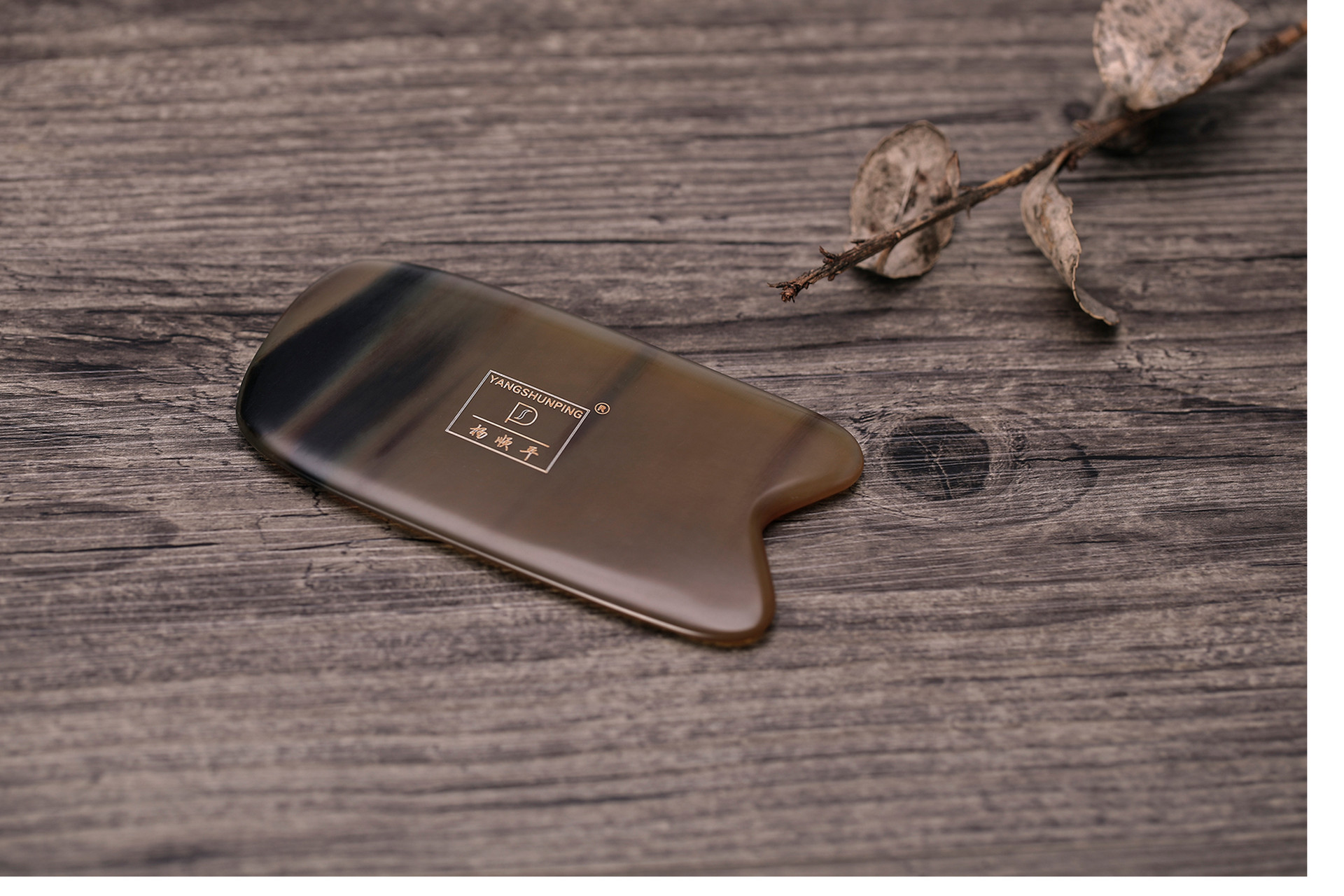Gua sha therapy is loved by the general public due to its simplicity, significant therapeutic effects, and relatively easy operation. However, there are still some precautions and usage guidelines that need to be noted before performing gua sha. Below, we will introduce some important points to help you achieve "true health" through gua sha.
Scope of application for gua sha therapy
Gua sha therapy is suitable for various internal and external diseases in women and children, with a relatively wide range of applications. The main diseases that can be treated include: cold and cough, susceptibility to weakness, excessive sweating, fever and heatstroke, dizziness and headache, poor appetite and insomnia, toothache and oral ulcers, nocturnal emission and impotence, irregular menstruation, uterine prolapse, joint swelling and pain, bruises and injuries, pediatric anorexia, enuresis and drooling, etc. It is particularly effective in treating common illnesses.
Contraindications for gua sha therapy
Avoid gua sha on the abdomen and lumbar sacral region of pregnant women, as well as the nipples of women.
Avoid gua sha for patients with heart failure, renal failure, ascites due to liver cirrhosis, and severe generalized edema.
Gua sha therapy should not be used on skin that is ulcerated, damaged, or inflamed in the treatment area. It is also not suitable for individuals in the early stages of serious illness, individuals with deficiency in qi and blood, and those who are excessively full or hungry.




